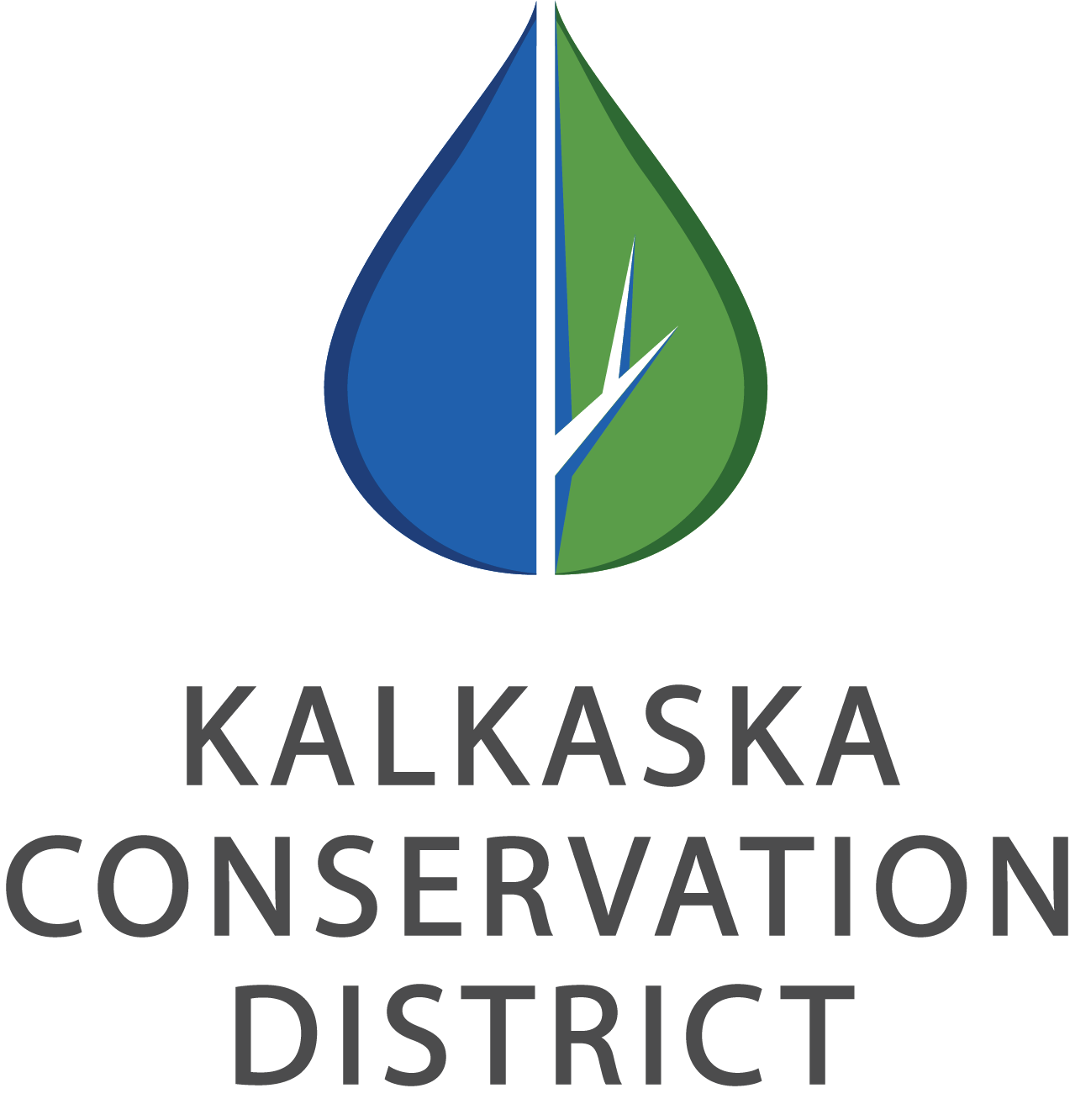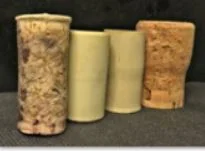Eat, Drink, and Protect A Forest
By Bill Cook, MSU Extension Forester/Biologist
Natural cork comes from the bark of a particular species of oak (Quercus suber). The thick bark is peeled from the trunks in a manner that does not damage the tree. Some trees have had their cork sustainably harvested for over a century.
While cork has many applications, one of the largest is for wine bottle stoppers. The switch to non-cork stoppers has reduced cork demand enough to threaten some of the cork forests of Portugal and Spain, where the largest concentrations of cork forests exist. Without the commercial incentive, these forests are cut down and converted to wheat fields, or planted to tree species other than cork oak.
So, for the environmentally-conscious wine drinkers; pop a cork and toast to the protection of a forest!
Synthetic corks (plastic) and screw-off tops (aluminum) not only reduce the demand for renewable worldwide cork, but they also take more energy and materials to process. And, they’re not biodegradable. Nearly all end-up in a landfill.
How many cork stoppers are used in a year? According to the Cork Quality Council, the number is 13 billion! That’s enough cork to fill the Big House at the University of Michigan. Or, completely fill over 26,000 semi-truck trailers.
Cork forests occupy about seven million acres around the Mediterranean Sea. They are among the most biologically diverse forests on the planet, harboring a number of endangered and threatened species, like the Iberian Lynx(Lynx pardinus) and Iberian Imperial Eagle (Aquila adalberti). There is also an entire human culture centered on cork forests.
Most cork harvest operations are small family-owned businesses. Some date back many generations. Harvests are done by highly-trained craftsmen. The bark of a tree can be harvested about every nine or ten years. There’s even aTED Talk about this curious industry. And, you could even pay for an eco-tour of cork forests and cork production.
In addition to bottle stoppers, cork uses include flooring, clothing, shoes, picture frames, tableware, and a myriad of other products. However, the major use, by far, is for wine bottle stoppers. Cork production is a billion-dollar industry, not huge, but it’s important in the rural economies in which cork forests grow.
Of course, one cannot talk about wine and oaks without mentioning oak barrels.
Closer to Michigan, American white oak (Quercus alba) is preferred for the barrels in which wine ages. Interestingly, both the spent and fresh barrels are sold at a premium to the whisky industry, to help age and flavor that product. A lot of chemistry is involved.
This preference of white oak is also related to wood structure. The wood vessels are plugged (called tyloses), rendering the wood somewhat water-tight. The slow, gradual evaporation from oak barrels is part of the aging process. In whisky production, it is affectionately referred to as the “angel’s share”.
The next time you pull that real cork from a wine bottle, you can add one more set of reasons to enjoy a good vintage. You’re helping to maintain a forest ecosystem and the human culture built around that industry. It’s one of those local choices that can have global implications. And, I can drink to that!

